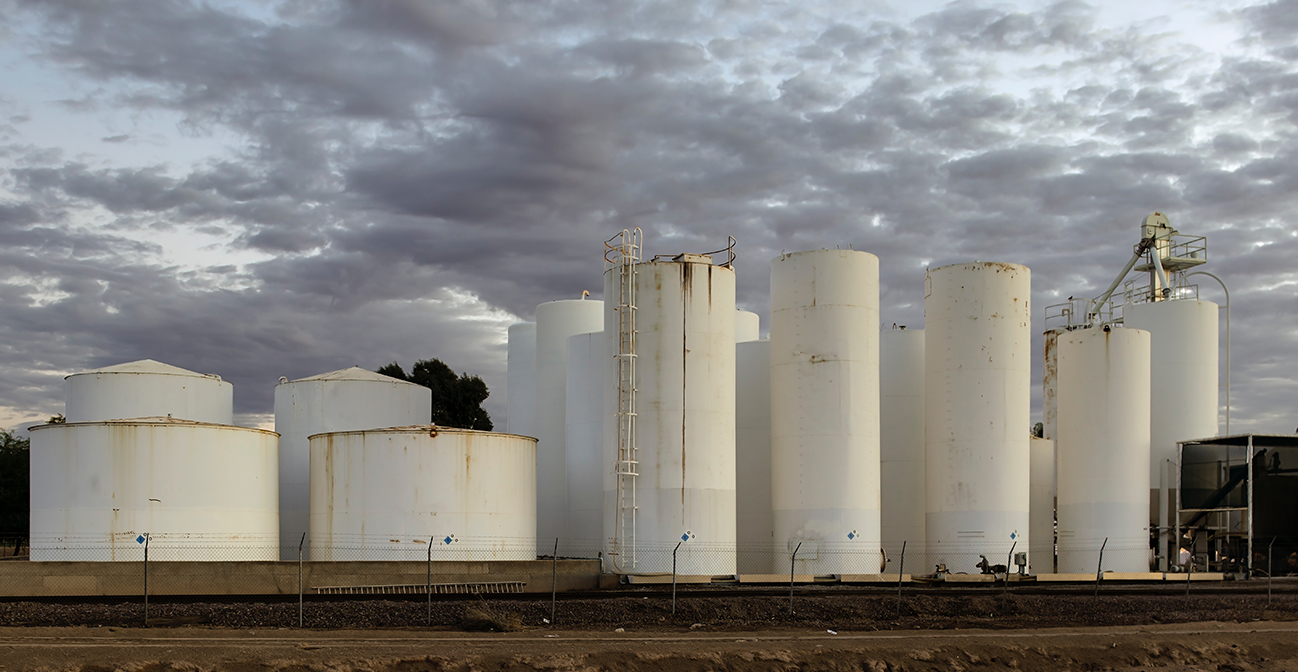Join us for conversations that inspire, recognize, and encourage innovation and best practices in the education profession.
Available on Apple Podcasts, Spotify, Google Podcasts, and more.

case-control study
One type of epidemiological study design used to identify factors that may contribute to a medical condition by comparing a group of patients who have that condition with a group of patients who do not.
cohort study
A study in which patients who presently have a certain condition and/or receive a particular treatment are followed over time and compared with another group who are not affected by the condition under investigation.
contingent valuation
A survey-based economic technique for the valuation of non-market resources, typically ecosystems and environmental areas and services. It involves directly asking people, in a survey, how much they would be willing to pay for specific environmental services. It is called “contingent” valuation, because people are asked to state their willingness to pay, contingent on a specific hypothetical scenario and description of the environmental service.
delivered dose
The portion of an internal dose that actually reaches a biologically sensitive site within the body.
endocrine disruptors
Chemical pollutants that have the potential to substitute for, or interfere with, natural hormones.
epidemiology
The science that deals with the incidence and distribution of human disease or disorders.
hedonic valuation
A method used to estimate economic values for ecosystem or environmental services that directly affect market prices.
no observable adverse effects level (NOAEL)
The level of exposure of an organism, found by experiment or observation, at which there is no biologically or statistically significant increase in the frequency or severity of any adverse effects in the exposed population when compared to its appropriate control.
partition
The division of a chemical into two or more compartments in an ecosystem or body parts of an organism.
Precautionary Principle
The belief that if a technology, chemical, physical agent, or human activity can be reasonably linked to adverse effects on human health or the environment, then controls should be implemented even if the problem or the cause-effect relationship is not fully understood; to wait for scientific certainty (or near certainty) is to court disaster.
reference dose
The U. S. Environmental Protection Agency’s maximum acceptable oral dose (abbreviated RfD) of a toxic substance, most commonly determined for pesticides.
risk analysis
Identifying potential issues and risks ahead of time before these were to pose cost and/ or schedule negative impacts.
risk assessment
An analytical study of the probabilities and magnitude of harm to human health or the environment associated with a physical or chemical agent, activity, or occurrence.
risk management
The human activity that integrates recognition of risk, risk assessment, development of strategies to manage it, and mitigation of risk using managerial resources.